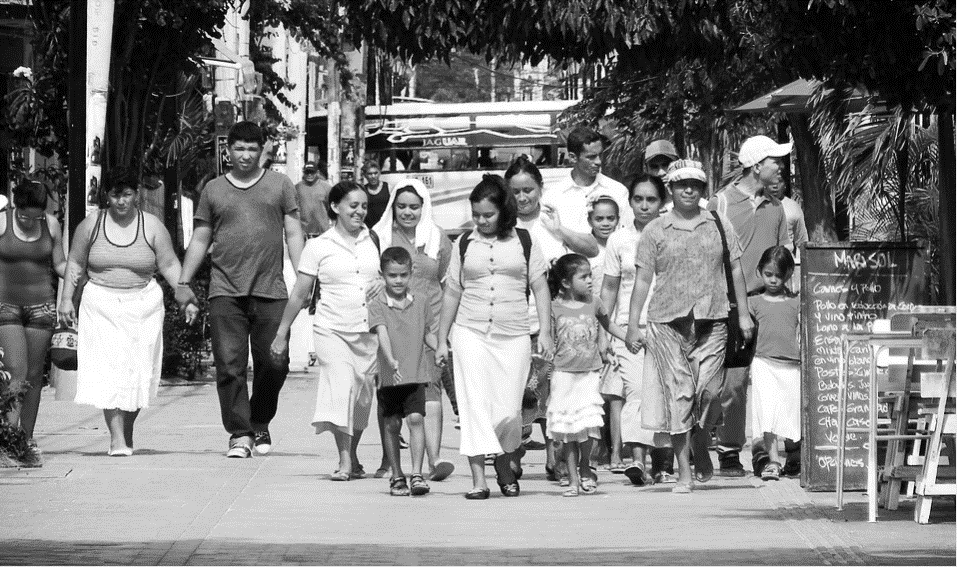
11/02/2021
The economic impact of the regularization of Venezuelans
The government of Colombia announced the creation of a Temporary Statute of Protection for Venezuelan Migrants that, according to official estimates, would benefit about one million people.
“We make public the decision of our country to create a temporary protection status in Colombia that allows us to carry out a process of regularization of migrants,” said President Iván Duque when making the announcement accompanied by the United Nations High Commissioner for the refugees, Filippo Grandi.
The plan will be valid for 10 years and will allow the transit of Venezuelan migrants who are in the country from a temporary protection regime to an ordinary immigration regime.
But beyond the implications for domestic or international politics, the plan announced by the government will have an economic and social impact. Although there will be a high cost for migrants to access basic services such as health and education, they will also enter the circuit of the formal economy, making contributions that will generate wealth and improve the country’s public policies.
Greater economic growth, the formalization of thousands of workers and the increase in added value for the economy are just some of the factors pointed out by economists as positive in the measure announced by President Duque.
The report “Migration from Venezuela in Colombia” published by the Banco de la República in October 2020, established that although the presence of migrants increases spending on items such as education and health between 0.2 and 0.4% of Gross Domestic Product (GDP) , Its formalized labor force, and in many cases qualified, would also add a minimum of 0.3 points to the GDP of 2021.
Ana María Tribín, the main researcher of the report, said at the time that migration potentiated the growth of the Colombian economy since its inception in 2016, a trend that has continued with an average contribution of between 0.1 and 0.3 points of GDP. However, he also warned that the lack of regularization would cause that momentum to drop to 0.1 in 2030.
Similarly, the International Monetary Fund (IMF) indicated in a 2019 report that migration would generate potential growth in the range of 0.2 points and 0.3 percentage points of GDP in Colombia, as well as in Panama, Peru, Chile and Ecuador.
The Temporary Statute of Protection for Venezuelan Migrants will also allow an increase in labor formalization and as a consequence the strengthening and improvement of the production of companies. In addition, the number of contributors to the health system will increase, especially battered as a result of the Covid-19 pandemic.
According to figures from Migración Colombia, as of December 31, 2020, there were about 1,700,000 Venezuelans in Colombia, of which more than 960,000 were in an irregular situation. Of this population, 58% are between 18 and 39 years of age.
https://www.banrep.gov.co/es/migracion-venezuela-colombia-caracterizacion-del-fenomeno-y-analisis-efectos-macroeconomicos
